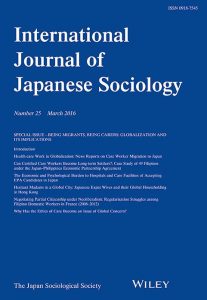Gender-neutral housing comes to Princeton University

Courtesy of Emily Rutherford and Equal Writes
By Rachael Liberman
As a result of the sustained efforts of Undergraduate Student Government Life Committee members, a pilot program for gender-neutral housing will come to Princeton University this spring. This means that students can apply to the Spelman Hall upperclassman-housing lottery in mixed-gender groups rather than all female or all male. According to a letter written to university members by Student Government President Connor Diemand-Yauman, “Suites in the Spelman Hall housing lottery would be designated as GNH. Unlike in other current housing options, these spaces would be co-educational, thus permitting male, female and transgender students to not only be in the same draw group, but live together in GNH suites.” Emily Rutherford, a student member of the Undergraduate Life Committee calls this development “a major change in university policy that brings Princeton quite dramatically and unequivocally into the 21st century.” Unfortunately, not everyone feels this way. In a response to Rutherford’s article on the Campus Progress website, someone wrote: “This is rather depressing. I’m glad I left Princeton when I did – and here’s hoping that the administration doesn’t give in to these demands.”
However, whether or not the public agrees with Princeton’s gender-neutral housing program is not of primary concern here. Instead, it is interesting to think about why there should be gender-neutral housing in the first place. In her article, Rutherford writes, “We all have to do what we can to make our communities places we can be proud of, and create circumstances that will be better for the next generation.” Here, Rutherford suggests that a change needed to be made in order to improve “our community” – which could mean the student community, the gay community, the transgender community, and so on. In the end, a change in the approach to the general notion of gender binary and gender interaction was on the table, and Princeton’s Undergraduate Life Committee decided that creating a gender-neutral living space for undergraduates would (hopefully) do just that. This way, students who do not explicitly identify with the normative notion of male or female (or just don’t want to live with members of their own sex) can organize their living situation in a way that suits them and helps to assuage discrimination.
The fact that Princeton is approaching this as a “gender” issue rather than a “sex” (biological) issues seems to admit a feminist and postmodern stance. By admitting that there can be a gender-neutral space is to suggest that gender is in fact constructed, and that individuals can occupy characteristics of both “male” and “female” constructions. Here, Princeton and the members of the Undergraduate Life Committee are acknowledging the fact that students are moving away from strict gender binaries, including the transgender population, and are moving toward a more negotiated reading of what it means to be human.
 “Gender” from the Dictionary of Cultural and Critical Theory
“Gender” from the Dictionary of Cultural and Critical Theory








It is interesting that this is framed as bringing the institution into the 21st Century. What do they mean by this? Is gender different now because of surgical options only, or is there some other enlightenment occurring in society concerning gender?
Keri